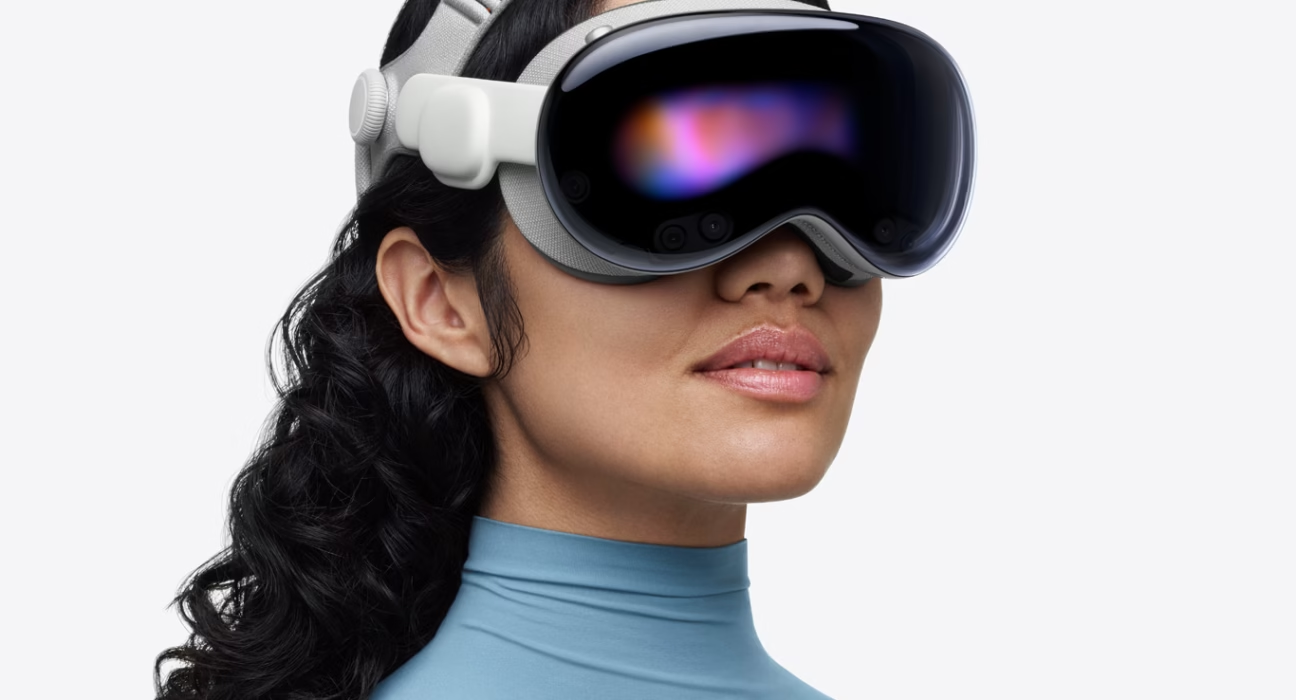“`html
The Dawn of Spatial Computing and the Apple Vision Pro’s Grand Entrance
Estimated reading time: 12 minutes
Key Takeaways
- Spatial computing represents a new frontier in human-computer interaction, blending the digital and physical worlds.
- The Apple Vision Pro has emerged as a groundbreaking device, setting a new benchmark for mixed reality (MR) experiences.
- While revolutionary, the Vision Pro’s high price point necessitates the exploration of more accessible alternatives.
- Key features to consider in alternatives include display quality, passthrough capabilities, tracking accuracy, content library, and ergonomics.
- The market offers increasingly sophisticated and affordable mixed reality headsets that provide compelling experiences without the premium cost.
Table of contents
- The Dawn of Spatial Computing and the Apple Vision Pro’s Grand Entrance
- Key Takeaways
- The Elephant in the Room: The Apple Vision Pro’s Price Tag
- Navigating the XR Landscape: What Makes a Great Apple Vision Pro Alternative?
- The Contenders: Top Affordable Apple Vision Pro Alternatives for 2025
- The Samsung XR Headset Question: What to Expect for 2025?
- Making the Right Choice: Key Factors When Selecting an Alternative
- The Horizon of XR: What’s Next Beyond 2025?
- Final Thoughts: Your Gateway to Spatial Computing
- Frequently Asked Questions
We stand on the precipice of a technological revolution. Spatial computing, a term that evokes images of seamless integration between our digital and physical realities, is no longer a distant dream but a rapidly unfolding present. At the forefront of this paradigm shift is the recently unveiled Apple Vision Pro. This device isn’t just another gadget; it’s a bold declaration of intent, a sophisticated piece of hardware designed to redefine how we interact with information, entertainment, and each other. It has, in many ways, set a new, aspirational benchmark for what advanced mixed reality (MR) capabilities can achieve.

The Elephant in the Room: The Apple Vision Pro’s Price Tag
There’s no denying the sheer technological prowess packed into the Apple Vision Pro. It represents a monumental leap forward, showcasing stunning display technology, intuitive interaction methods, and a vision for the future of computing. However, for all its innovation, there’s one undeniable barrier for most: its price tag, hovering around a formidable $3,500. This astronomical cost immediately places the Vision Pro firmly in the realm of early adopters and high-end professional users. For the vast majority of individuals and even many businesses eager to explore the potential of extended reality (XR), this price point makes it an unattainable aspiration. This reality sets the stage for our exploration: finding devices that can deliver compelling XR experiences without requiring a second mortgage, focusing instead on accessible XR solutions.

Navigating the XR Landscape: What Makes a Great Apple Vision Pro Alternative?
The goal is clear: to identify and highlight devices that offer a compelling mixed reality experience, allowing users to step into the world of spatial computing without the prohibitive cost associated with the Apple Vision Pro. But what exactly constitutes an “affordable” alternative in the context of XR? While the bleeding edge remains expensive, the market has matured significantly, with many excellent options available for significantly less. Generally, we’re looking at devices priced below $1,000, with a sweet spot often found between $300 and $700. This price range opens up a world of possibilities for both consumers and professionals looking to experiment with or integrate XR into their workflows. (Source: phonearena.com – tomsguide.com)
When evaluating these best Apple Vision Pro alternatives 2025, several key features stand out as critical indicators of a quality mixed reality experience:
- Display Quality: This is paramount. Look for clarity, high resolution, a wide field of view (FOV), and sufficient brightness. While the Vision Pro’s micro-OLED displays are top-tier, many alternatives offer impressive visual fidelity that more than suffices for most applications. A good display minimizes screen-door effect and enhances immersion.
- Passthrough and Spatial Computing: The ability to see your real-world environment through the headset’s cameras – known as “passthrough” – is the defining characteristic of mixed reality. This feature allows for the seamless integration of digital content into your physical space, forming the bedrock of spatial computing. High-quality passthrough means a clear, low-latency view of your surroundings, crucial for feeling present and interacting naturally with virtual objects.
- Tracking: Accurate and responsive tracking is essential for intuitive user interaction. This includes both eye-tracking, which allows the system to know where you’re looking, and hand-tracking, which enables you to interact with digital elements using your hands. The smoother and more precise the tracking, the more natural and less frustrating the experience will be.
- Content Library and Ecosystem: A device is only as good as the applications available for it. A robust content library, encompassing productivity tools, entertainment options, and gaming experiences, significantly enhances the value and usability of any XR headset. An active developer community and regular software updates are also important indicators of a thriving ecosystem.
- Ergonomics and Comfort: Extended use of any head-mounted display can be taxing. Therefore, a comfortable and lightweight design is not a luxury but a necessity. Look for well-balanced weight distribution, breathable materials, and adjustable straps that ensure a secure yet comfortable fit for prolonged periods.

The Contenders: Top Affordable Apple Vision Pro Alternatives for 2025
The XR market is a dynamic space, with new innovations and more capable devices emerging at a rapid pace. Fortunately, this evolution has led to a fantastic array of cheaper mixed reality headsets 2025 that offer incredible value. Here, we highlight some of the leading contenders that provide a compelling gateway into spatial computing:
-
Meta Quest 3:
Arguably the most compelling all-around best Apple Vision Pro alternative for a vast number of users, the Meta Quest 3 strikes an exceptional balance between features, affordability, and ecosystem support. (Source: phonearena.com – tomsguide.com – oliur.com)
It boasts strong mixed reality (MR) and virtual reality (VR) capabilities, operating wirelessly for maximum freedom. Its comfortable design makes it suitable for extended sessions. When considering the apple vision pro vs meta quest 3, it’s clear the Quest 3’s display and tracking, while excellent for its price, do not match the Vision Pro’s cutting-edge specifications. However, it offers a dramatically more accessible entry point into the world of MR. The Quest 3 also benefits from a vibrant and extensive content library, catering to gaming, productivity, and social XR experiences. It truly represents one of the affordable Apple Vision Pro alternatives.
The Meta Quest 3 is a leading contender for best Apple Vision Pro alternatives 2025. (penbrief.com)
-
Xreal Beam Pro (paired with Xreal Air 2 Pro or similar AR glasses):
This combination presents a highly compelling, lightweight, and portable solution for spatial computing and productivity. (Source: phonearena.com – tomsguide.com)
The Xreal Beam Pro, when paired with compatible AR glasses like the Xreal Air 2 Pro, offers a remarkable “floating screen” experience, ideal for multitasking, immersive media consumption, and even light productivity tasks. Its user interface and spatial features are rapidly advancing, approaching some of the core functionalities seen in the Vision Pro, making it a strong contender for users who prioritize portability and a more discreet form factor. This setup is a prime example of one of the most affordable Apple Vision Pro alternatives.
-
VITURE Pro (paired with VITURE glasses):
The VITURE Pro and its accompanying glasses focus on delivering high-quality visual experiences, particularly excelling at providing expansive virtual screens for media consumption and casual productivity. (Source: oliur.com – youtube.com)
While not a full-fledged mixed reality headset in the same vein as the Quest 3, it offers a powerful way to enhance your personal screen real estate, creating a private cinema or a multi-monitor setup anywhere. It’s a fantastic tool for those whose primary interest lies in immersive viewing and expanded digital workspace, offering a unique value proposition within the spectrum of alternatives.
-
Rokid Max 2 (with Station 2):
This combination offers an impressive virtual triple-display setup and a cinema-sized screen experience within a highly portable package. (Source: youtube.com)
The Rokid Max 2, powered by its Station 2, delivers surprisingly capable performance for its price point. It boasts broad device compatibility, making it versatile for various users. Its lightweight design further enhances its appeal for on-the-go productivity and entertainment. This makes it another strong contender among the best Apple Vision Pro alternatives 2025.
-
Other Notable Mentions (Briefly):
- Sony PlayStation VR2: While renowned for its exceptional VR gaming performance and high-quality display, the PSVR2 is primarily tethered to the PlayStation console and has limited MR capabilities. This makes it less of a direct substitute for general spatial computing applications compared to standalone or AR-focused devices. (Source: jecr.org)
- HTC Vive XR Elite / Pimax Crystal: These represent more premium options in the XR space, offering robust VR performance and some AR features. However, they come with a significantly higher price tag (often exceeding $1,000) and may place less emphasis on the seamless, user-friendly spatial computing experience that devices like the Vision Pro aim to deliver. (Source: phonearena.com – unitydevelopers.co.uk)
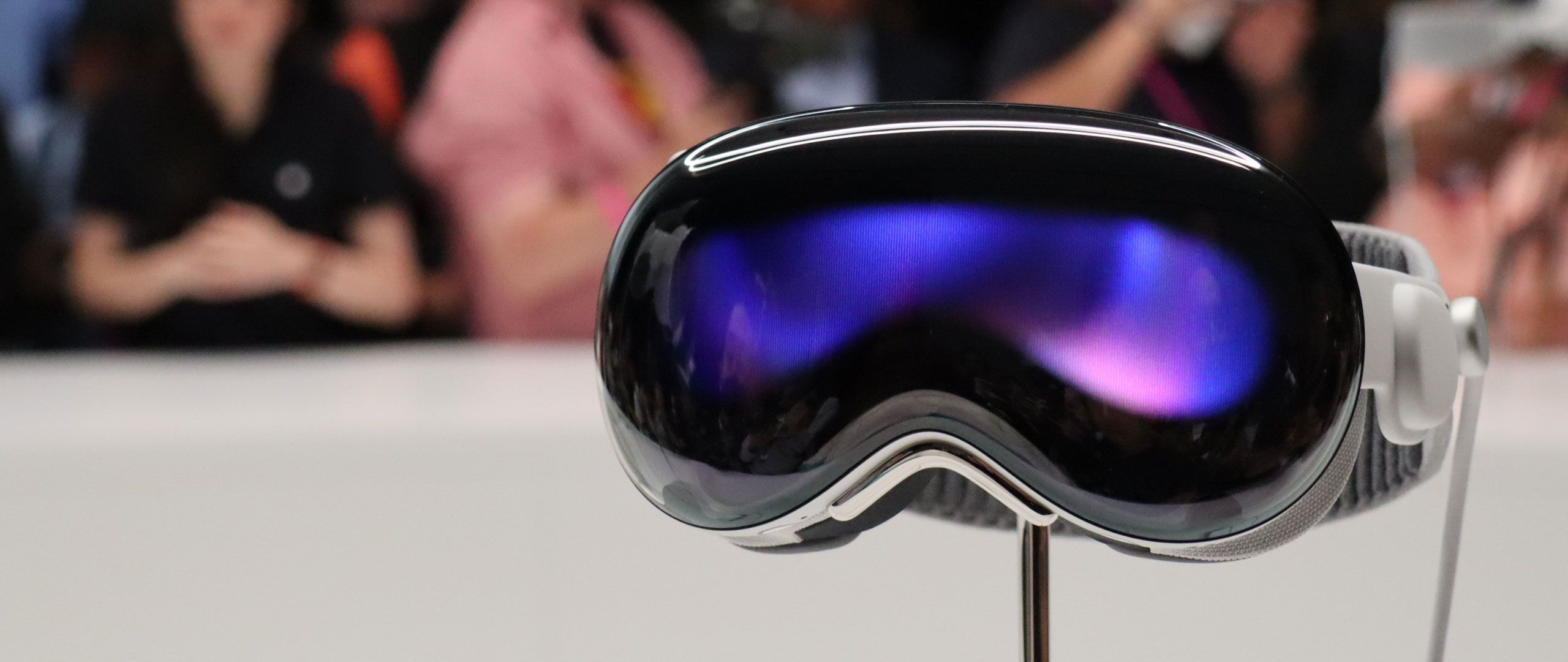


The Samsung XR Headset Question: What to Expect for 2025?
The tech world is buzzing with anticipation regarding a potential Samsung XR headset release date. For years, rumors have swirled, suggesting that Samsung is actively developing its own entry into the spatial computing market. Such a device could prove to be a significant disruptor, potentially challenging existing players with competitive features and, crucially, a more accessible price point. Samsung’s entry could dramatically expand the range of cheaper mixed reality headsets 2025, intensifying competition and driving innovation across the industry. The possibility of a Samsung XR headset release date in 2025 could bring more cheaper mixed reality headsets 2025 to the market. (penbrief.com)
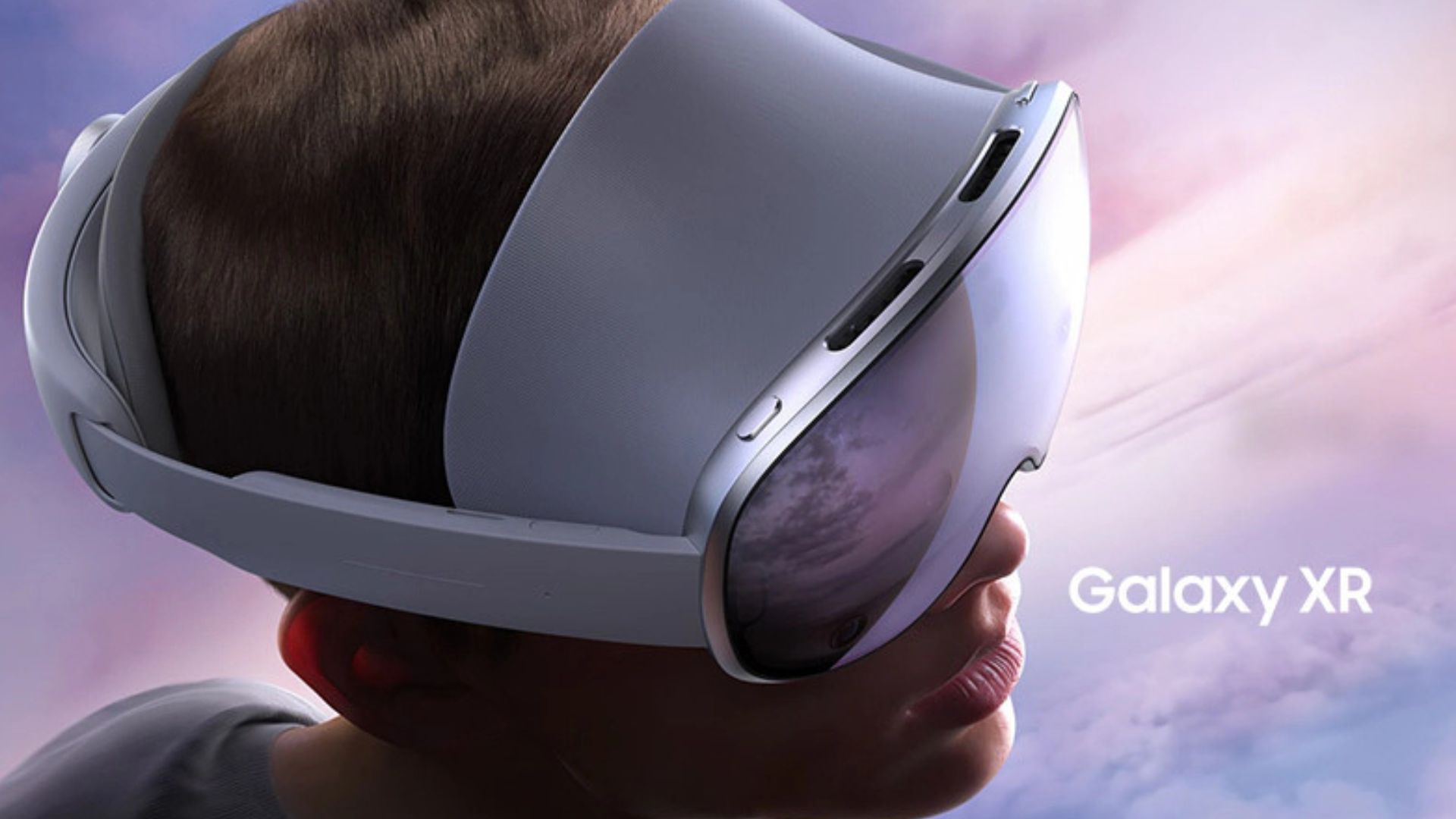
Making the Right Choice: Key Factors When Selecting an Alternative
With a growing number of excellent alternatives available, selecting the right XR device requires careful consideration of your specific needs and priorities. Here are the crucial factors to keep in mind:
-
Price Tiers: Devices generally fall into distinct price categories:
- Budget-friendly: Typically under $500, offering a solid entry into VR or basic MR.
- Mid-range: Ranging from $500 to $800, these devices often strike a great balance of features and performance, like the Meta Quest 3.
- Premium: Over $1,000, these might offer higher fidelity or specialized features but move closer to the high-end market. (Source: phonearena.com)
- Mixed Reality vs. Virtual Reality Focus: It’s essential to understand the primary strength of a device. Some headsets, like the Quest 3 and Xreal devices, are optimized for blending digital and physical worlds (MR). Others, such as the PlayStation VR2, are primarily designed for fully immersive virtual reality (VR) gaming and experiences. Choose based on whether you prioritize interaction with your physical environment or complete digital immersion. (Source: phonearena.com – unitydevelopers.co.uk)
- Performance and Specs: Look for modern processing power (e.g., Qualcomm’s Snapdragon XR2 Gen 2 or newer chipsets), high-resolution displays with minimal latency, a good field of view (FOV) for immersion, and responsive tracking systems. These specs directly impact the quality and smoothness of your XR experience.
- Comfort and Ergonomics: As mentioned earlier, comfort is key for any extended use. Lighter devices, particularly AR glasses like the Xreal and VITURE models, often excel here, providing a less burdensome experience than heavier, bulkier headsets. Pay attention to weight distribution, padding, and adjustability. (Source: phonearena.com – tomsguide.com – oliur.com)
- Software and Content: A device’s potential is greatly amplified by its software ecosystem. Investigate the available app store, the types of applications and experiences offered, and the frequency of updates. A thriving platform ensures you’ll have plenty to do with your new XR device.
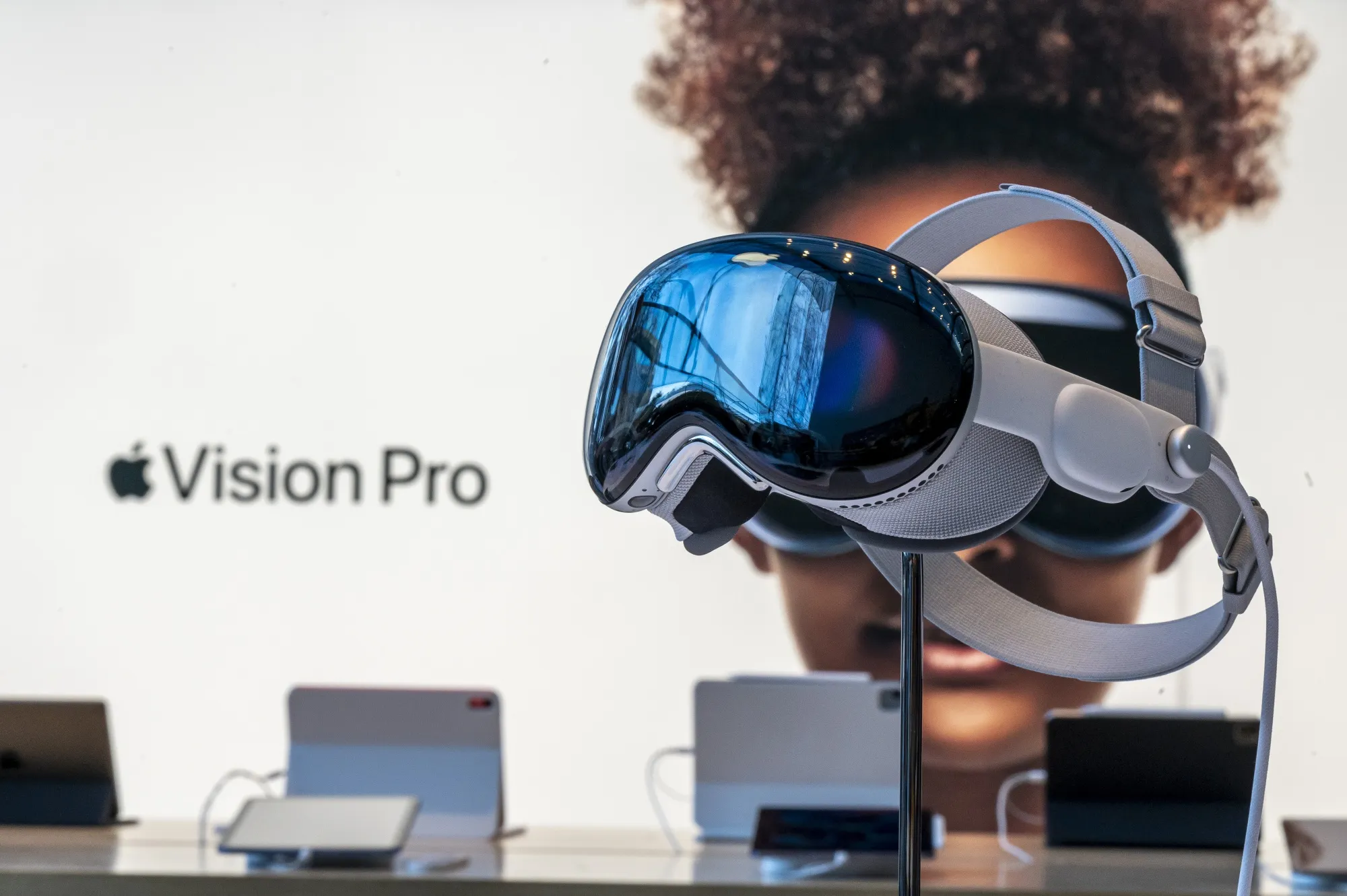
The Horizon of XR: What’s Next Beyond 2025?
The trajectory of the XR market is undeniably exciting. We’re seeing a clear trend towards more compact, less obtrusive hardware that seamlessly blends into daily life. Augmented reality (AR) glasses, in particular, are rapidly closing the gap with full mixed reality headsets, offering increasingly sophisticated spatial computing capabilities in a more wearable form factor. (Source: tomsguide.com – youtube.com)
Looking ahead to 2025 and beyond, expect major technology players like Samsung, alongside numerous other brands, to introduce devices that further push innovation and drive down costs. (Source: phonearena.com – unitydevelopers.co.uk) Even Apple may eventually release a more budget-friendly version of its Vision Pro, which would undoubtedly send ripples through the market and further intensify competition. The future promises a rich ecosystem of accessible and powerful mixed reality experiences, opening up spatial computing to a much broader audience than ever before.
The XR landscape is evolving rapidly, with more mixed reality options expected to emerge. (tomsguide.com)
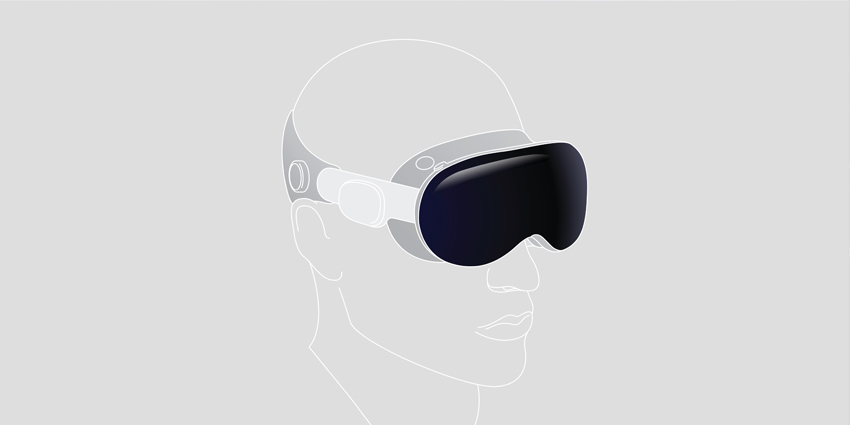
Final Thoughts: Your Gateway to Spatial Computing
The revolution of spatial computing is here, and it’s more accessible than you might think. While the Apple Vision Pro has captured the imagination, devices like the Meta Quest 3, Xreal Beam Pro, VITURE Pro, and Rokid Max 2 are proving that an impressive mixed reality experience, suitable for productivity and entertainment, is achievable at significantly lower price points. These are undeniably the best Apple Vision Pro alternatives in 2025, offering a tangible entry into the world of spatial computing without the premium cost. (Source: phonearena.com – tomsguide.com – oliur.com – youtube.com)

The days when a premium spatial computing experience was exclusive to the highest-end devices are rapidly coming to an end. As you consider your options, think carefully about your individual needs, your budget, and what you intend to use XR for – whether it’s immersive gaming, enhanced productivity, or a new way to consume media. The perfect device for you is out there, waiting to unlock your gateway to spatial computing.
We encourage you to share your thoughts on these alternatives or any other cheaper mixed reality headsets 2025 you’re anticipating in the comments below. Subscribe for future updates on the ever-evolving XR landscape!
The Meta Quest 3 and Xreal Beam Pro stand out as best Apple Vision Pro alternatives in 2025. (phonearena.com) Look for cheaper mixed reality headsets 2025 to get into spatial computing. (tomsguide.com)

Frequently Asked Questions
- What is spatial computing?
- Spatial computing refers to a new paradigm of human-computer interaction where digital information is overlaid and integrated with the physical world, creating immersive and interactive experiences.
- Is the Apple Vision Pro the only device capable of spatial computing?
- No, while the Apple Vision Pro is a high-profile example, many other devices, including VR/MR headsets and advanced AR glasses, are capable of delivering spatial computing experiences, often at a more accessible price point.
- What does “passthrough” mean in the context of XR headsets?
- Passthrough is a feature in XR headsets that allows users to see their real-world surroundings through the device’s external cameras. This is crucial for mixed reality applications, enabling the blending of digital elements with the physical environment.
- Are AR glasses a viable alternative to full VR/MR headsets?
- Yes, for many use cases, especially those focused on productivity, notifications, and augmented reality overlays, AR glasses like the Xreal Air series or VITURE Pro offer a lighter, more portable, and often more affordable alternative to bulkier headsets.
- How important is the content library when choosing an XR headset?
- The content library is extremely important. A diverse range of applications, games, and experiences dictates how much utility and entertainment you can derive from your XR device. Platforms with active developer communities and regular content updates tend to offer the best long-term value.
“`


